Brooklyn Bridge May Get Expanded Promenade to Accommodate Growing Crowds
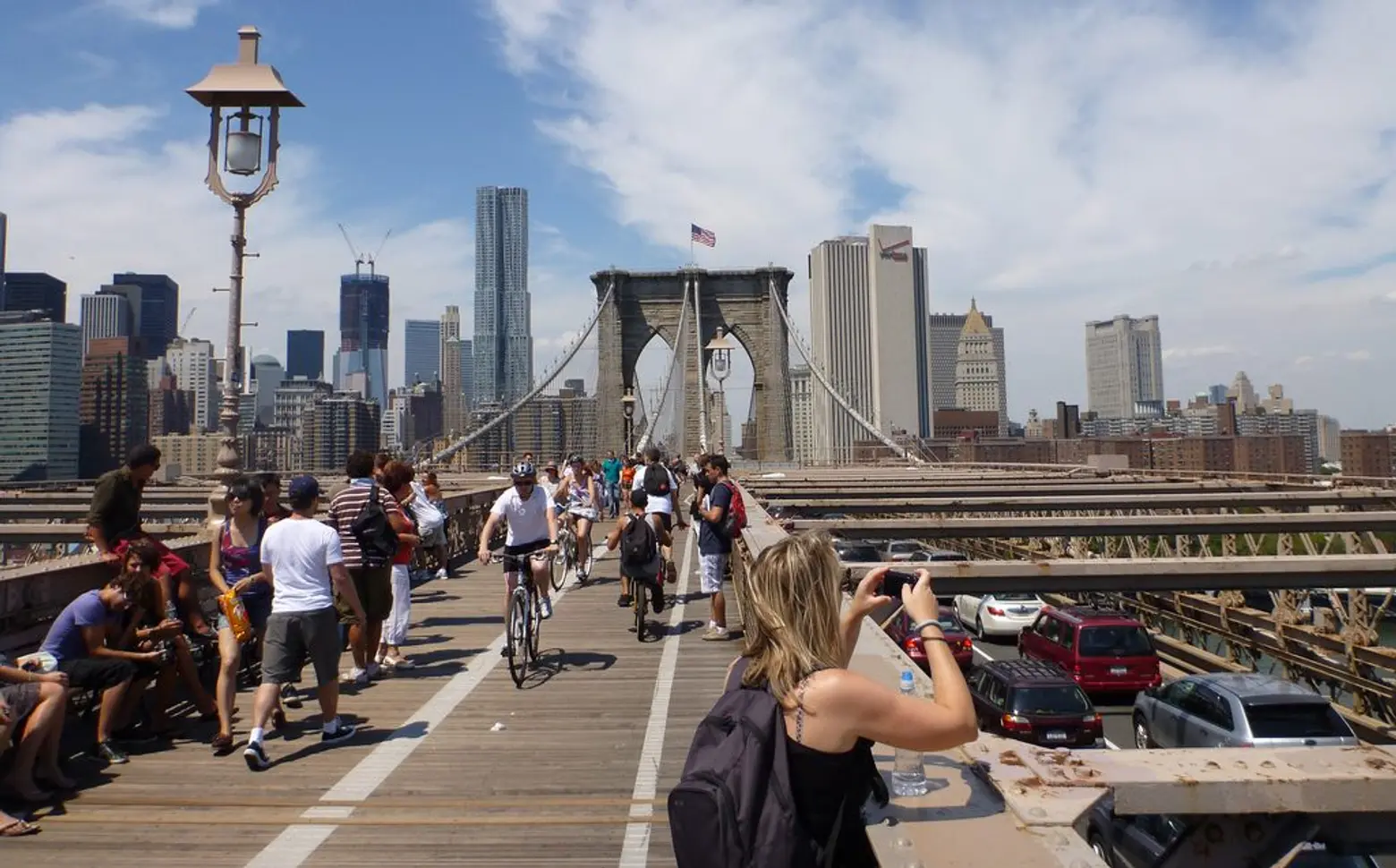
If you’ve ever had the experience of nearly being flattened by something on foot or wheels while walking or biking across the Brooklyn Bridge on a weekend afternoon, try to survive a little bit longer, help may be on the way. City transportation officials announced Monday that plans were in the works to alleviate the pedestrian and bike traffic that threatens to become “Times Square in the Sky.” The New York Times reports that among the possibilities for the aging bridge is a new path to help reduce some of the current congestion.
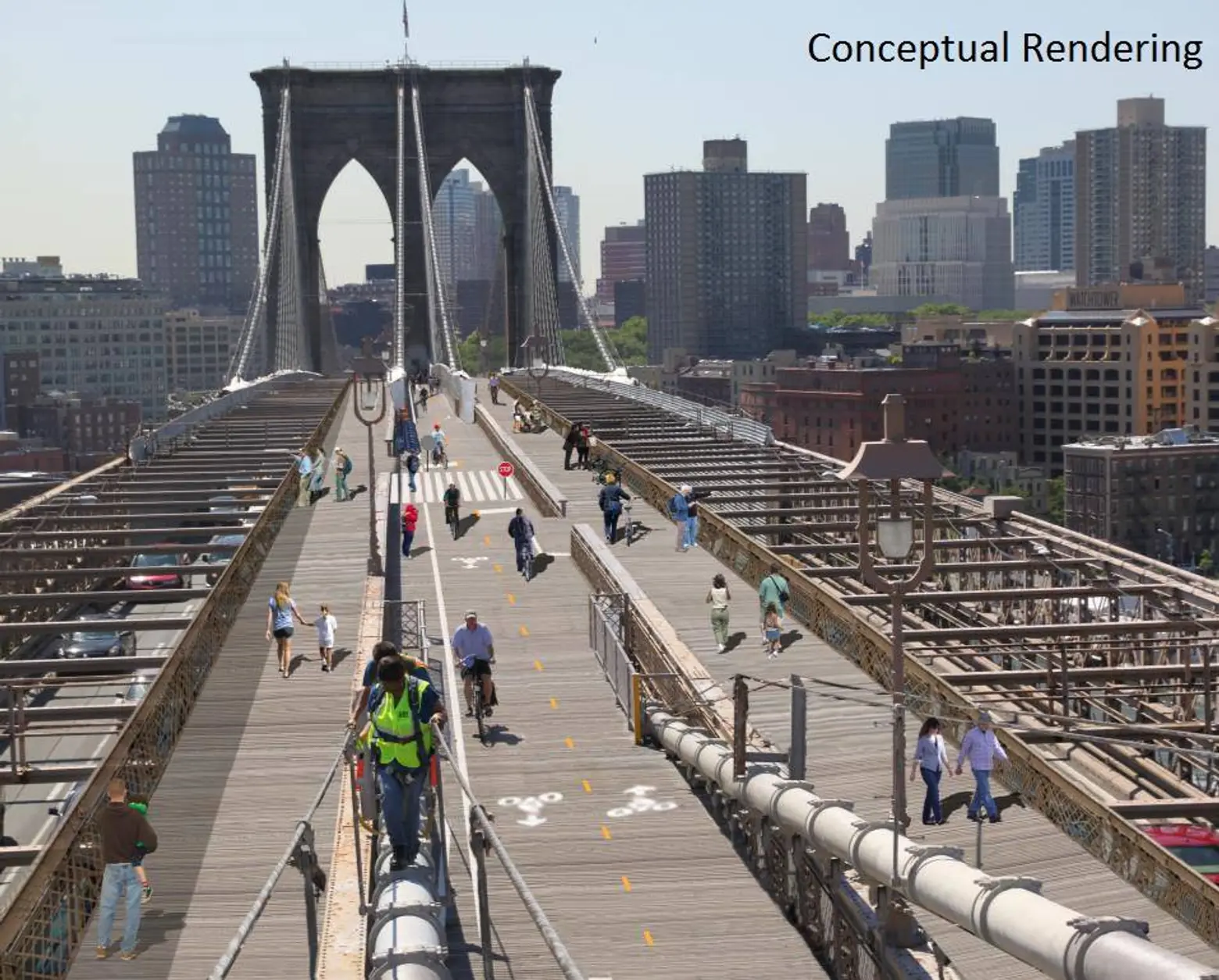
Conceptual rendering of a possible option for expanding the pedestrian and bike lanes courtesy of DOT via Facebook.
Consulting firm AECOM has undertaken a seven-month engineering study to look at how much weight the bridge can bear and examine options for expansion, such as widening the current promenade by building decks above the girders above the car lanes.
On a single weekday, 10,000 pedestrians and 3,500 cyclists typically head across the bridge, which opened in 1883. In 2015, 1,917 people crossed the bridge each hour on average at its peak traffic times, more than three times the number in 2008. Bicycle traffic has has also grown to an average of 358 cyclists per hour on weeknights in 2015 compared with 185 in 2008.
Though traffic on the bridge is limited to passenger vehicles, and pedestrians and cyclists on the elevated walkway, the current promenade that runs above its six vehicle lanes hosts foot and bike paths that are barely wide enough in places for two-way traffic and made even less navigable by idling tourists, street performers and various vendors (but thankfully not elephants). The promenade narrows to just 10 feet across in some places.
According to the city’s transportation commissioner Polly Trottenberg, “We want to think in a deep, thoughtful way about the next evolution of the bridge,” but she warned that expansion plans tend to be “costly and complex.” Though officials point out that fewer than a dozen collisions involving pedestrians and cyclists are reported every year despite the congestion, additional steps are being taken to control it, including painting a wider dividing line and adding more directional markings.
In speaking with New Yorkers about the expansion possibilities, the Times quotes Brooklyn resident Matt McCroskey, who had complained that the bike lanes and walkways are “usually so jammed with people that biking across is not always a pleasant experience,” but worried in true New Yorker fashion that a newly expanded promenade might even make the problem worse: “It just might encourage more people.”
[Via NYT]
Lead image: Štěpán Roh via flickr cc
RELATED:
Explore NYC Virtually
Leave a reply
Your email address will not be published.
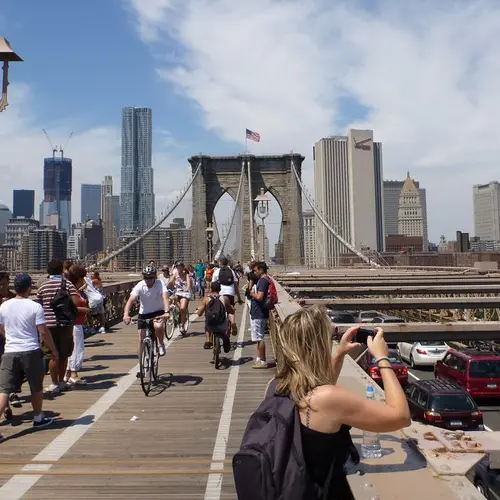
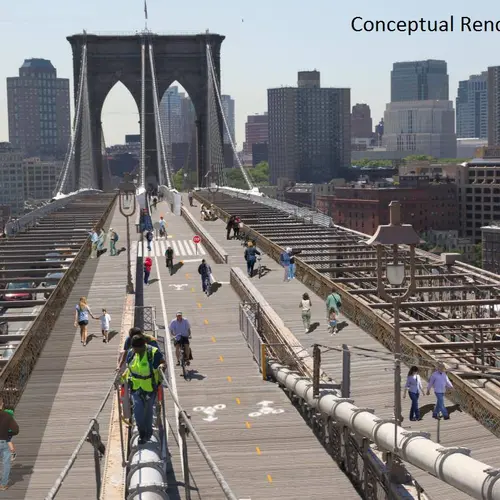
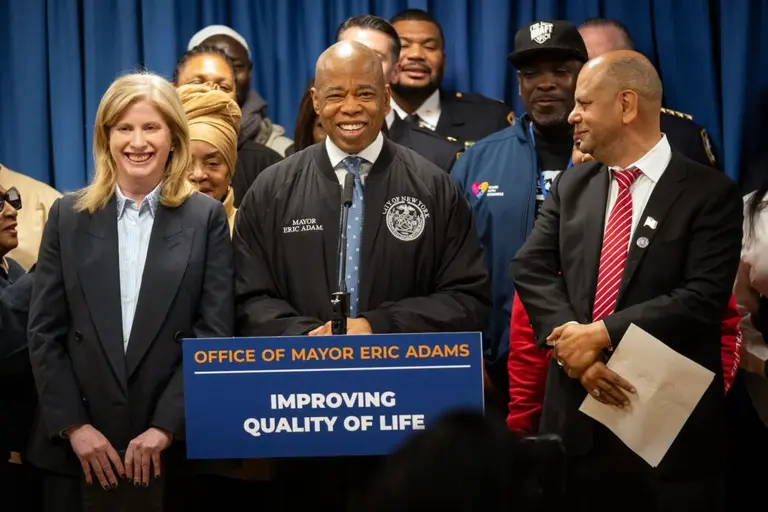
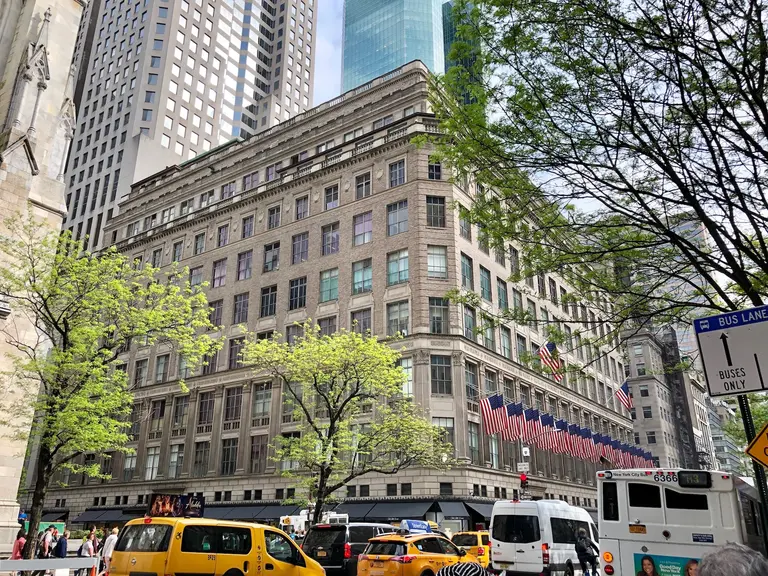
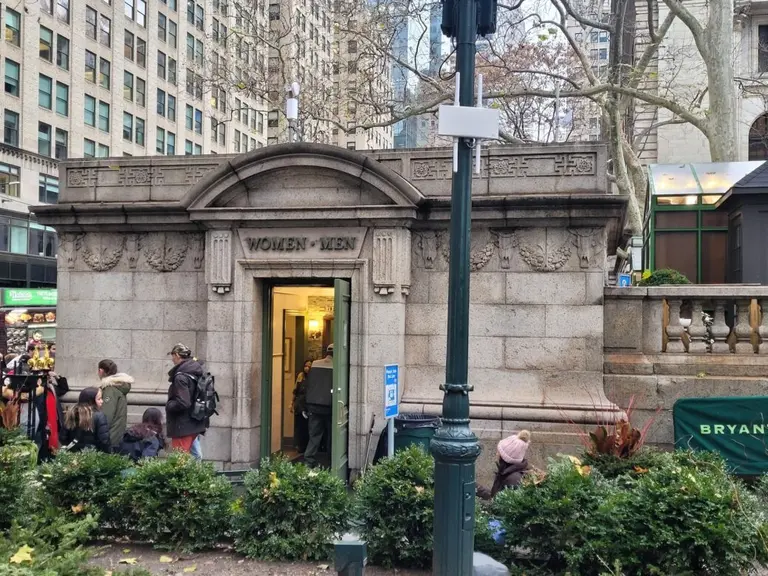
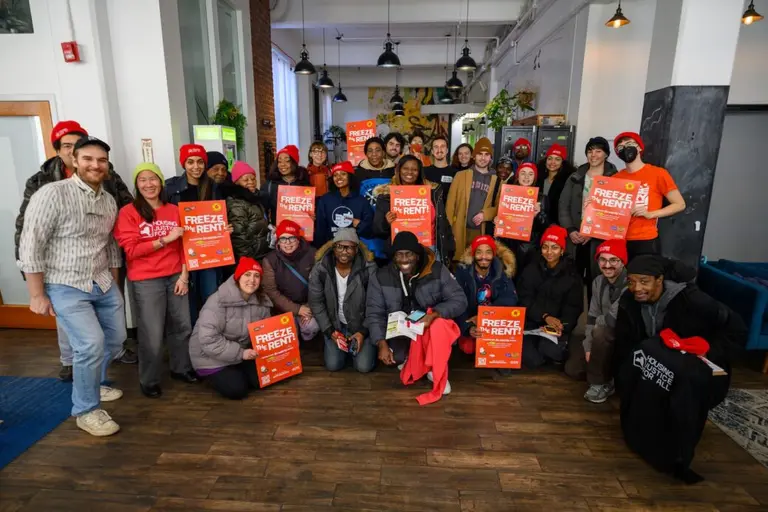







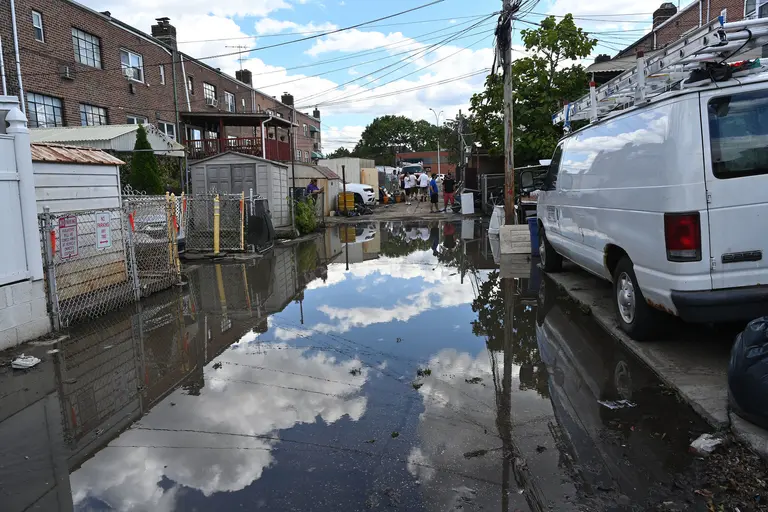

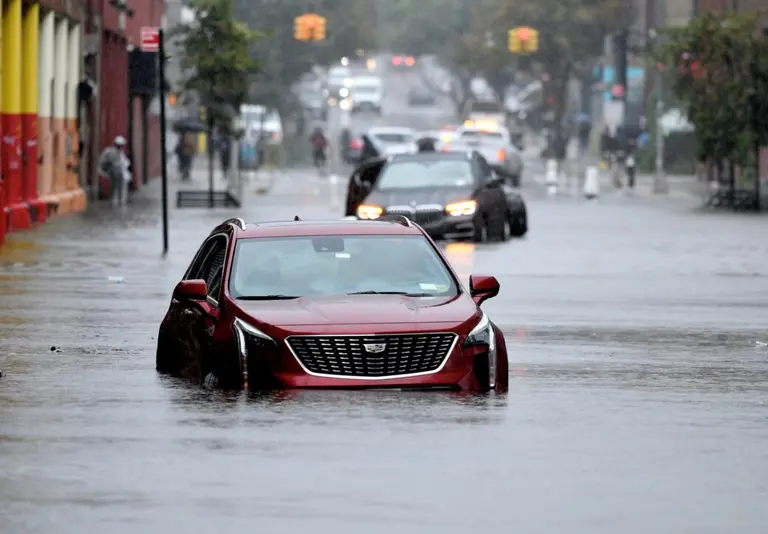















“Though traffic on the bridge is limited to passenger vehicles”- actually it is limited by weight, not type, and many passenger vehicles like Cadillac Escalades, the new Tesla Model X and Rolls Royces are driving over it illegally. Stop them and there might be more capacity for bikes. http://www.thedrive.com/new-cars/1720/8-cars-that-legally-cant-cross-the-brooklyn-bridge
A major concern with expanding the promenade is more use of wood logged from old-growth rainforests. The current promenade is decked with greenheart, logged from the rainforests of Guyana in South America. DOT has supposedly looked into alternatives yet just redid sections of the deck with fresh greenheart. Also a concern: the engineering firm AECOM is the firm that got $10M to study alternative materials for docking the Staten Island Ferry (all the pilings of the many fender racks — thousands of them in total — are also greenheart, each one a tree, and as much as 50% of the canopy can be destroyed to log just the two trees per acre that are greenheart in Guyana). AECOM’s conclusion? Do just what you are doing. Numerous engineers have questioned those results. So we would guess that AECOM would just recommend more greenheart decking for additional decks on the Brooklyn Bridge. This should not be allowed to happen, given the impact of logging on the world’s tropical forests, the ensuing loss of species and major emissions of greenhouse gases.